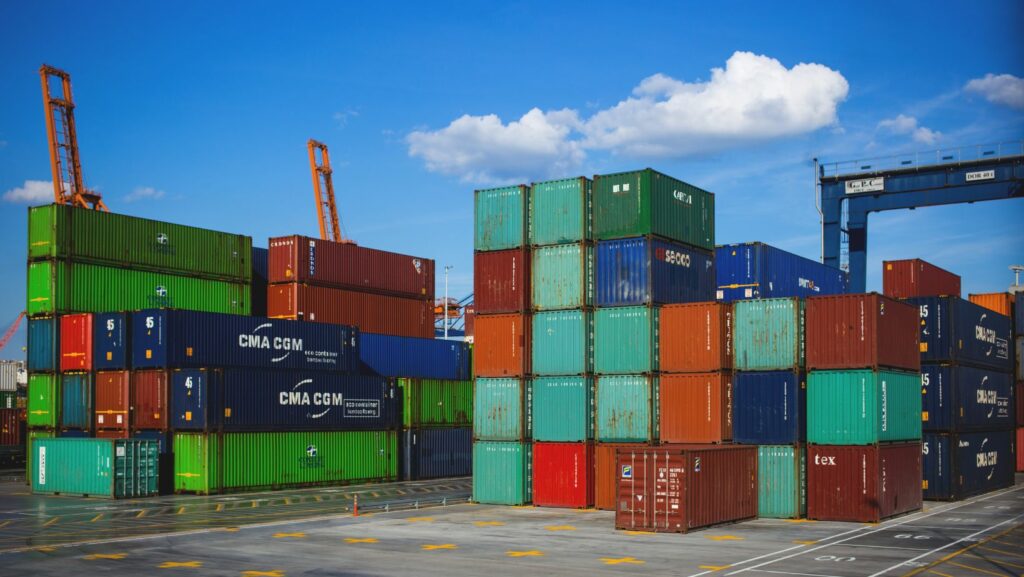
In the ever-evolving world of technology, it’s easy to get lost in the jargon. One term that’s been making waves is ‘containerized applications’. But what exactly are they, and should you even care?
Containerized applications are a game-changer, revolutionizing the way we develop, deploy, and run software. They’ve become a hot topic in the IT and business world, but their relevance isn’t limited to tech gurus. In fact, they’re reshaping the digital landscape for everyone.
So, whether you’re a tech enthusiast, an aspiring developer, or a business owner looking to stay ahead of the curve, it’s time to dive into the world of containerized applications. Let’s unravel the mystery behind this buzzword and explore why it might matter more than you think.
Understanding Containerized Applications
Let’s delve deeper into the universe of containerized applications – a revolutionary concept that’s not just resonating with tech gurus, but impacting the digital landscape at large.
What Are Containers?
Containers, in simple terms, are lightweight, standalone packages containing everything needed to run an application – the code, runtime, system tools, libraries, and settings. Mirroring a complete file system, containers run applications reliably, regardless of the surrounding environment. They essentially isolate software from its surroundings, ensuring operational consistency.
For instance, imagine a developer using Python 3.6 on a project. The application, while running smoothly on their local machine, could fail on the production server that uses Python 3.7. Containers circumvent such issues by bundling the application with the specific version of Python it needs. Now, it doesn’t matter what version of Python the system runs – the application has its own, and it’s insulated from the rest.
Drawing on the same operating system kernel but running in isolated user spaces allows containers to be highly portable and efficient. This has had a seismic impact on DevOps and CI/CD practices, transforming how software gets delivered.
The Components of Containerization
From a more technical lens, containerization comprises distinct yet interconnected parts:
- Container Engine: This handles the task of creating, running, and managing containers. Docker and Kubernetes are two widely used container engines.
- Images: These are read-only templates with instructions to create a container. An image lists all dependencies the application needs to run, ensuring complete isolation.
- Registry: This serves as a repository for storing and distributing container images. Docker Hub and Google’s Container Registry are popular choices.
- Orchestration: It organizes and schedules work on containers across multiple machines. Kubernetes – and specifically, the Kubernetes Operator – is the go-to for this.
Moreover, security best practices come into play in the world of containers. With a strong focus on isolation and control, containerized applications provide another layer of security. By containing any potential threats within their boundaries, containers maintain the overall integrity of the larger system.
This containerization phenomenon, in essence, revolutionizes applications’ deployment. It simplifies complexities, enhances security and makes workflows remarkably nimble. As we increasingly care about efficiency and security, containerization becomes not just a technical need, but also a strategic advantage.
Benefits of Containerization
The benefits of moving to a containerized application model extend beyond the technical realm. They can offer significant value in terms of efficiency, speed, and operational consistency.
Efficiency and Speed
Containerization has the incredible advantage of speeding up setup times. When compared to traditional virtual machines, the ‘thin’ nature of containers enables quicker startup, leading to enhanced workflow efficiency. They rely solely on the operating system kernel, discarding the need for an entire virtual operating system.
For example, a scenario where a developer is working on an application using Node.js within a Docker container. This container consists of the Node.js runtime and all the additional library dependencies the application needs. There’s no need to install any OS-level software, leading to quicker setup and testing times.
In addition, the adoption of containerized applications allows for streamlined CI/CD practices. With a well-tuned container pipeline, changes can be built, tested, and deployed in an automated and consistent manner, dramatically increasing productivity within the DevOps lifecycle.
Consistency Across Environments
One of the fundamental benefits of containerized applications is the platform-agnostic nature, allowing for a consistent environment for developers and operators. Regardless of the underlying hardware or the operating system, a containerized application runs the same way.
Consider a Kubernetes Operator deploying container images across a multi-node cluster. The same image can be used in different nodes, irrespective of the hardware or software differences between the nodes. This leads to consistent application behavior, simplifying application development, testing, and deployment.
Furthermore, adopting containerization encourages teams to implement security best practices. For instance, using immutable containers where the application state is not saved in the container itself. This not only enhances security by making containers resistant to tampering, but also ensures a full audit trail for any changes, enforcing accountability within teams.












